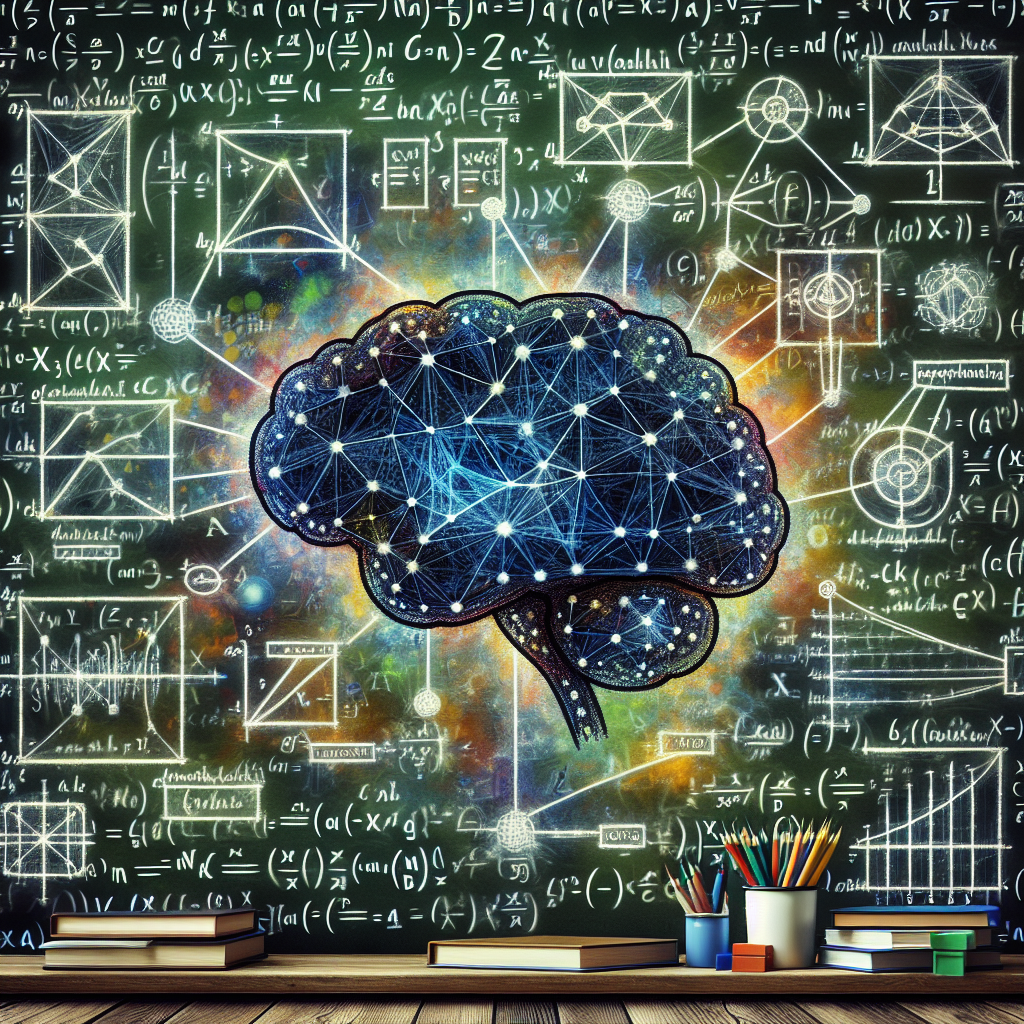Machine learning is a rapidly growing field that has revolutionized many industries, from healthcare to finance to transportation. But for those who are new to the field, the concept of machine learning can seem intimidating and complex. In this article, we will seek to demystify machine learning by providing an introduction to the applied mathematics behind it.
At its core, machine learning is about using algorithms to analyze data and make predictions or decisions based on that data. These algorithms can be categorized into two main types: supervised learning and unsupervised learning. In supervised learning, the algorithm is trained on a labeled dataset, where each data point is associated with a target value. The goal is to learn a mapping from the input data to the target values. In unsupervised learning, the algorithm is given an unlabeled dataset and must find patterns or structure in the data without any explicit guidance.
One of the key mathematical concepts behind machine learning is optimization. Optimization is the process of finding the best solution to a problem from a set of possible solutions. In machine learning, this often involves minimizing a loss function, which measures how well the model is performing on the training data. By adjusting the parameters of the model, the algorithm iteratively improves its performance until it reaches a satisfactory level.
Another important concept in machine learning is probability theory. Probability theory allows us to quantify uncertainty and make predictions about future outcomes based on past data. Many machine learning algorithms, such as Bayesian methods and probabilistic graphical models, rely on probability theory to make decisions and infer relationships between variables.
Linear algebra is also a fundamental mathematical tool in machine learning. In particular, matrix operations are used to represent and manipulate data in a high-dimensional space. Techniques such as principal component analysis and singular value decomposition are commonly used in machine learning to reduce the dimensionality of data and extract meaningful features.
In addition to these foundational mathematical concepts, machine learning also draws on ideas from statistics, calculus, and information theory. By combining these mathematical tools, researchers and practitioners are able to develop sophisticated algorithms that can learn from data and make intelligent decisions.
In conclusion, machine learning is a complex and multifaceted field that relies heavily on applied mathematics. By understanding the mathematical principles behind machine learning, we can gain a deeper insight into how algorithms work and how they can be applied to solve real-world problems. Whether you are a beginner or an experienced practitioner, a solid understanding of the mathematical foundations of machine learning is essential for success in this exciting and rapidly evolving field.
#Demystifying #Machine #Learning #Introduction #Applied #Mathematics,machine learning: an applied mathematics introduction


Leave a Reply